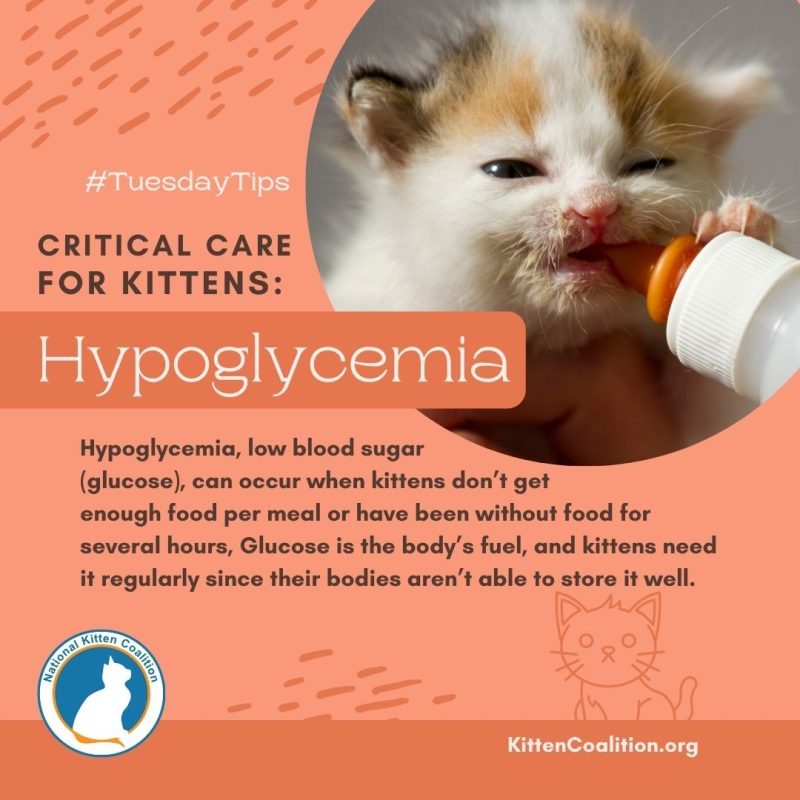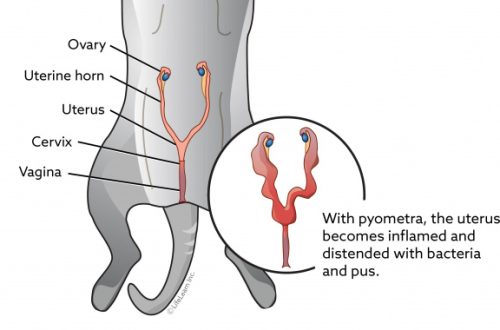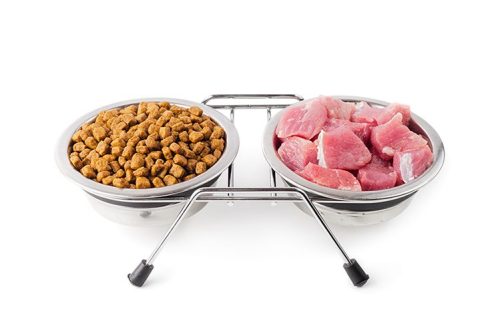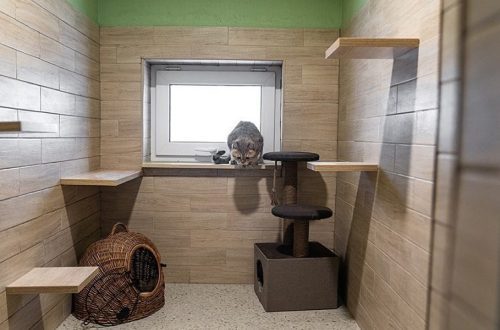
Hypoglycemia in cats: causes and treatment
Blood sugar, or rather glucose, is one of the main sources of energy in the cat’s body. But what if your pet’s blood sugar drops sharply?
It is glucose that ensures the normal functioning of the animal’s brain. A sharp drop in blood sugar is called hypoglycemia and can lead to serious consequences. Pets with diagnosed diabetes are at particular risk, but there are other causes of hypoglycemia. Hypoglycemia is common in kittens, especially those under two weeks of age. That is why kittens need to eat often. In addition, hypoglycemia in some cases may be a symptom of another serious metabolic pathology.
Symptoms of the disease
In the early stages of hypoglycemia, a pet may experience only indirect, almost imperceptible symptoms. If the cat has diabetes, the first signs of hypokalemia should be carefully monitored. These include:
- lack of appetite,
- fainting
- cardiopalmus,
- seizures or tremors
- vision problems,
- disorientation,
- weakness,
- head tilt,
- vomiting,
- uncontrollable salivation,
- unusual behavior, anxiety,
- coma.
The best way to determine how low a cat’s glucose level is is to measure it with a glucometer. The device will show the level of glucose in the blood – the norm for the animal is from 3,4 to 6,1 mmol / l.
Causes of the disease
Most often, the development of hypoglycemia is associated with diabetes and the drugs used to treat it. For example, if a cat is given too much insulin, it can go into a hypoglycemic coma. But there are other reasons for low blood glucose levels:
- the presence of tumors
- pregnancy,
- infectious diseases,
- sepsis,
- liver problems,
- kidney failure,
- intoxication,
- prolonged hunger,
- excessive loads,
- diseases of the endocrine system.
Treatment of hypoglycemia
An important aspect of the treatment of hypoglycemia is the identification and elimination of the causes of low sugar levels. In no case should you treat your pet yourself and give any drugs before consulting a veterinarian.
The exception is emergency measures. If a cat has confirmed diabetes, an overdose of insulin has occurred, and there is no way to get to the veterinary clinic, you can give her sweets. One option for raising sugar in a cat is to apply sweet syrup or dissolved sugar to the pet’s mouth. The animal does not have to swallow it – glucose will be absorbed through the mucous membrane. In this case, it is important to immediately consult a doctor, since the attack can recur at any time.
See also:
- Helping Your Cat Recover After an Illness or Surgery
- The most common diseases of cats
- Do cats need extra vitamins?
- Tips for Treating Kidney Disease in Your Cat





